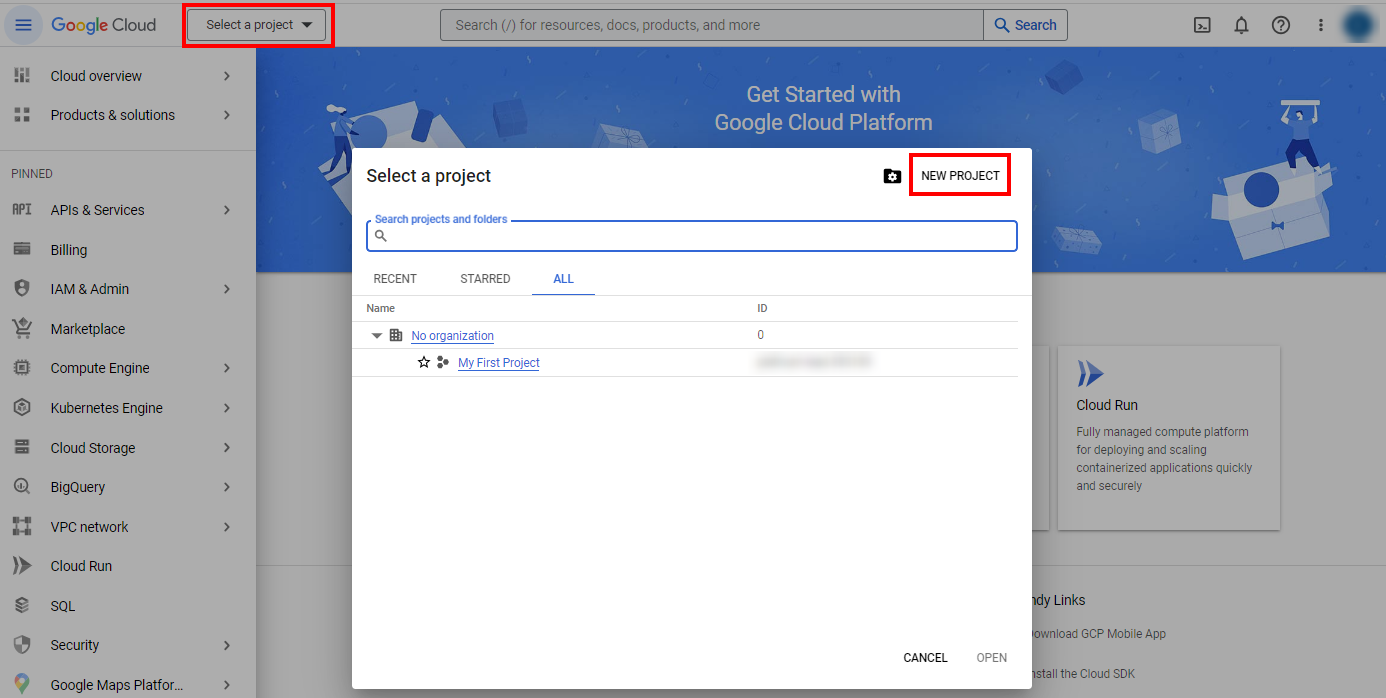Google Cloud Vision AI: Complete Buyer's Guide
Enterprise-grade image analysis platform
Google Cloud Vision AI is Google's enterprise-grade image analysis platform that transforms visual content into structured metadata through advanced machine learning capabilities.
Market Position & Maturity
Market Standing
Google Cloud Vision AI operates from a position of significant market strength within the cloud-based AI services landscape, leveraging Google's established infrastructure and machine learning expertise.
Company Maturity
As part of Google Cloud's comprehensive AI portfolio, the platform benefits from enterprise-grade reliability and the backing of one of the world's largest technology companies [136].
Growth Trajectory
Market validation comes through documented enterprise adoptions across diverse industries, including media companies like Wirtualna Polska processing 400,000 images monthly [139] and technology startups like Moii.AI achieving $10,000 monthly operational savings [138].
Industry Recognition
Industry recognition includes integration partnerships and enterprise customer wins.
Strategic Partnerships
Strategic partnerships with system integrators and technology vendors expand market reach.
Longevity Assessment
Long-term viability appears strong given Google's continued investment in AI research and cloud infrastructure.
Proof of Capabilities
Customer Evidence
Wirtualna Polska Media processes 400,000 images monthly while achieving 400 hours of monthly labor savings [139].
Quantified Outcomes
Performance validation includes 92% precision across 200+ languages for text detection [129][130] and 94% accuracy in controlled environments for object recognition [127][135].
Case Study Analysis
Wirtualna Polska Media's transformation of their image repository operations demonstrates the platform's capability to enable entirely new business models for content-heavy organizations.
Market Validation
Market adoption indicators include integration with major cloud platforms and enterprise customer wins across media, technology, and e-commerce sectors.
Competitive Wins
Competitive wins emerge in scenarios requiring multilingual capabilities and high-volume processing.
Reference Customers
Enterprise customers include media companies like Wirtualna Polska and technology startups like Moii.AI.
AI Technology
Google Cloud Vision AI employs advanced machine learning models trained on Google's massive image datasets to deliver comprehensive visual analysis capabilities.
Architecture
The multimodal analysis architecture combines multiple AI models to provide object localization with precise bounding boxes, optical character recognition across 200+ languages, and landmark/logo detection capabilities.
Primary Competitors
AWS Rekognition and Microsoft Computer Vision in the cloud provider AI services tier, plus Adobe Sensei for creative workflow integration.
Competitive Advantages
Comprehensive language support with 92% precision across 200+ languages [129][130], processing speed of 1,000 images in under 2 minutes [130][136], and seamless Google Cloud ecosystem integration.
Market Positioning
Google Cloud Vision AI is a solid enterprise choice among cloud provider offerings, competing effectively with AWS and Microsoft.
Win/Loss Scenarios
Win scenarios include organizations with existing Google Cloud investments, high-volume processing requirements, and multilingual content needs. Loss scenarios involve organizations prioritizing Adobe Creative Cloud integration or requiring extensive custom model development.
Key Features

Pros & Cons
Use Cases
Integrations
Pricing
Featured In Articles
Comprehensive analysis of AI Image Metadata Tools for AI Design for AI Design professionals. Expert evaluation of features, pricing, and implementation.
How We Researched This Guide
About This Guide: This comprehensive analysis is based on extensive competitive intelligence and real-world implementation data from leading AI vendors. StayModern updates this guide quarterly to reflect market developments and vendor performance changes.
145+ verified sources per analysis including official documentation, customer reviews, analyst reports, and industry publications.
- • Vendor documentation & whitepapers
- • Customer testimonials & case studies
- • Third-party analyst assessments
- • Industry benchmarking reports
Standardized assessment framework across 8 key dimensions for objective comparison.
- • Technology capabilities & architecture
- • Market position & customer evidence
- • Implementation experience & support
- • Pricing value & competitive position
Research is refreshed every 90 days to capture market changes and new vendor capabilities.
- • New product releases & features
- • Market positioning changes
- • Customer feedback integration
- • Competitive landscape shifts
Every claim is source-linked with direct citations to original materials for verification.
- • Clickable citation links
- • Original source attribution
- • Date stamps for currency
- • Quality score validation
Analysis follows systematic research protocols with consistent evaluation frameworks.
- • Standardized assessment criteria
- • Multi-source verification process
- • Consistent evaluation methodology
- • Quality assurance protocols
Buyer-focused analysis with transparent methodology and factual accuracy commitment.
- • Objective comparative analysis
- • Transparent research methodology
- • Factual accuracy commitment
- • Continuous quality improvement
Quality Commitment: If you find any inaccuracies in our analysis on this page, please contact us at research@staymodern.ai. We're committed to maintaining the highest standards of research integrity and will investigate and correct any issues promptly.